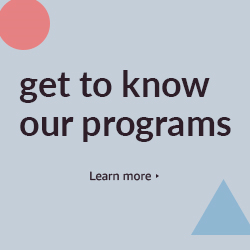Have you ever checked your schedule for the day and found yourself thinking „why is this meeting in my calendar”?
We spend too much time in meetings. Meetings that are not always productive, enjoyable, or meaningful. For this reason, a lot of HR experts and researchers are looking at the ways in which companies could shift from meetings that could have been an email (we all know those!) to engaging experiences with a purpose.
Here are 3 strategies you could apply:
- Have a clear purpose for the meeting – the Priya Parker method
Zoom out for a little perspective. Why are you meeting? What is the actual need you are trying to address? Who within the organization can help you address it?
Answering these questions will help you, before anything else, get the right people on board. Too often we just invite everyone instead of questioning whether they are relevant to the purpose of the meeting.
In The Art of Gathering (our takeaways here), Parker reveals the way in which we assume the purpose, never questioning the real reasons we are meeting. Always dig deeper, peel off layer after layer, and you will eventually get to a meaningful insight that you could begin designing your meeting around.
In an interview for charter, Parker tells the story of a Google employee who requires people to fill in things like the purpose of the meeting and what do they need from her when requesting to book a meeting with her in Google calendar. Put plain and simple, it helps her help them better.
When we do not orient our guests or participants at the beginning of the meeting, they’ll be spending a lot of time trying to figure it out on their own. It just saves everyone so much time and energy to know the role they’re attributed during a certain meeting.
- Work on your (healthy meeting) culture
If you fix your organizational culture, so that people value and respect each other’s opinion, feel safe to interject, and vulnerability is encouraged, your meetings will be transformative and meaningful too.
A lot of workplaces are inhibited by unhealthy peace more so than by unhealthy conflict. Create opportunities for people to speak up, encourage healthy controversy and challenge employees to bring to the table what they really think.
Part of the secret to having successful meetings is nurturing a culture where people’s opinions are valued and where all know what’s the purpose they are working for.
- Design around a desired outcome – the Steward & Tsao method
Think of the outcome you want to achieve with your meeting and then work backwards from there.
Steward & Tsao, co-authors of the book Momentum: Creating Effective, Engaging and Enjoyable Meetings, define a desired outcome as the specific result you intend your meeting to accomplish. They differentiate the outcome from purpose by looking at their beginnings: a purpose starts with a verb (to discuss x, to decide y), while an outcome starts with a noun (as in “a list of actions” or “decisions on x”).
Stating the desired outcome at the beginning of a meeting gets everyone prepared for focused work. It also helps make the distinction between who needs to attend and who needs to be simply posted and encourages people to make an informed choice about whether they need to participate or not.
Having a clear purpose in mind, defining your desired outcome and making sure that your organizational culture values vulnerability and participation are essential steps to take towards more efficient but also enjoyable work meetings. Defining and assuring these will also help you decide if a meeting is the best way to achieve your goal or if an email (or another form of communication) might work just fine.
